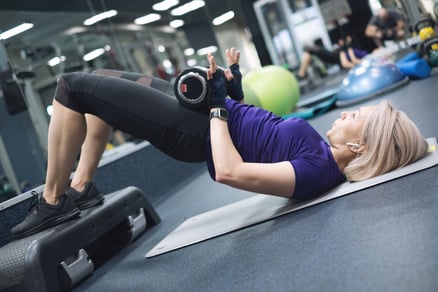 Squatting has always been the go-to exercise for those who want to make glute gains. You have probably heard someone say, “If you want to get better glutes, squatting is the way to go.” Recently, though, hip thrusters have gained momentum as the best exercise for glute development. Although, there is no concrete evidence that one is better than the other, some studies have been done (also here). Hopefully by the end of this blog, you will have a better understanding of the similarities and differences between these two exercises.
Squatting has always been the go-to exercise for those who want to make glute gains. You have probably heard someone say, “If you want to get better glutes, squatting is the way to go.” Recently, though, hip thrusters have gained momentum as the best exercise for glute development. Although, there is no concrete evidence that one is better than the other, some studies have been done (also here). Hopefully by the end of this blog, you will have a better understanding of the similarities and differences between these two exercises.
Glute Activation During Squats
During squats, the upper gluteal muscles help stabilize the pelvis as you walk out from the rack position. During the eccentric(downward) portion of the squat, only 20 to 30 percent of maximum voluntary contraction (MVC) was shown. At the bottom part of the squat, only 10 to 20 percent of MVC for glute activation was shown through EMG activity. The interesting part is that the bottom part of the squat is where everyone assumed you get the most glute activation, when in reality it is the lowest activation part. The concentric (pushing up) portion of the squat is where glute activation was seen to be the highest, at 80 to 120 percent. This makes sense because the main role of the glutes is to extend the hips.
Glute Activation During Hip Thrusters
During the hip thrust exercise, at the beginning phase, the glutes are relatively off because there is no external force placed on them. Because the first motion of the hip thrust is a concentric action (hip extension), the glutes begin to activate right away. It was measured to be at a range of 120 to 200 percent of glute activation during the concentric phase of the exercise. Another reason why MVC was higher is that the repetitions fairly quickly maintain a constant tension on the glutes.
Biomechanics of Squat and Hip Thruster
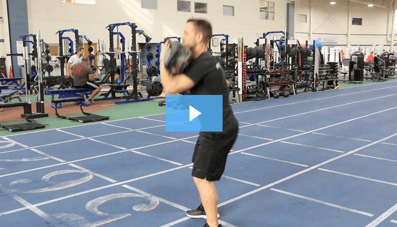 Biomechanically these two exercises are different because the squat is performed in the vertical plane whereras the hip thruster is performed in the horizontal plane. This difference allows for different forces on the body. In a squat, the glutes must fire to create hip extension torque, but they must also fire in order to create hip external rotation torque to prevent knee valgus (knee buckle). In a hip thrust, the glutes fire to create hip extension torque, but they must also fire in order to create posterior pelvic tilt torque to prevent anterior tilting of the pelvis and lumbar hyperextension.
Biomechanically these two exercises are different because the squat is performed in the vertical plane whereras the hip thruster is performed in the horizontal plane. This difference allows for different forces on the body. In a squat, the glutes must fire to create hip extension torque, but they must also fire in order to create hip external rotation torque to prevent knee valgus (knee buckle). In a hip thrust, the glutes fire to create hip extension torque, but they must also fire in order to create posterior pelvic tilt torque to prevent anterior tilting of the pelvis and lumbar hyperextension.
With the squat, the limitation can be due to back strength, which you do not have with the hip thruster. On the other hand, glute strength is the limiting factor during the hip thruster. During a squat, you are typically able to get more hip flexion to avoid this issue.
The Verdict
For full range gluteal strength, a more complete neurological stimulus, and full development of the upper and lower gluteal fibers, you’ll want to perform both the squat and the hip thrust. Either exercise alone won’t suffice. The good news is that you don’t have to choose between squats or hip thrusts for maximal glute development; you should perform both movements.
This blog was written by Pedro Mendez, CSCS, FMS, Health/Fitness Instructor and Strength Coach at NIFS. To learn more about the NIFS bloggers, click here.


 Standing in the bread aisle, flipping over the seventh loaf of bread, scanning the fine print, asking yourself which brand is best… Giving up trying different bread after five minutes and just picking what we usually go for—we’ve all been there! I want to help clear up the confusion by offering some recommendations on what numbers to look for and the most important places to look on the label to decide what brand is healthiest, whether that be crackers, bread, peanut butter, granola bars—you name it!
Standing in the bread aisle, flipping over the seventh loaf of bread, scanning the fine print, asking yourself which brand is best… Giving up trying different bread after five minutes and just picking what we usually go for—we’ve all been there! I want to help clear up the confusion by offering some recommendations on what numbers to look for and the most important places to look on the label to decide what brand is healthiest, whether that be crackers, bread, peanut butter, granola bars—you name it! Has a physician or other healthcare provider recently told you to improve your diet and exercise? If you are like most Americans, there is also a pretty good chance that you have a stressful lifestyle that leaves you short on the time, money, and energy it takes to implement these changes. Besides, other than a few extra pounds, you haven’t really noticed any changes to your body, right?
Has a physician or other healthcare provider recently told you to improve your diet and exercise? If you are like most Americans, there is also a pretty good chance that you have a stressful lifestyle that leaves you short on the time, money, and energy it takes to implement these changes. Besides, other than a few extra pounds, you haven’t really noticed any changes to your body, right? One of the most critical things we do for our health is sleep. Without sufficient sleep, we risk impairing cognitive function, developing chronic diseases and mental disorders, and even an early death.
One of the most critical things we do for our health is sleep. Without sufficient sleep, we risk impairing cognitive function, developing chronic diseases and mental disorders, and even an early death.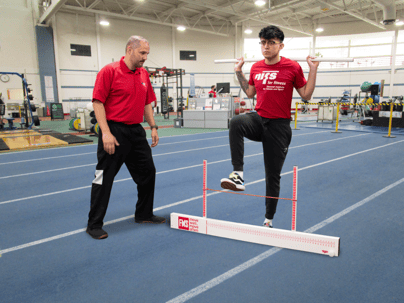

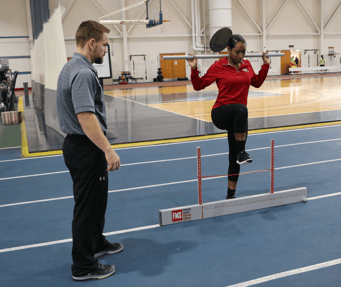
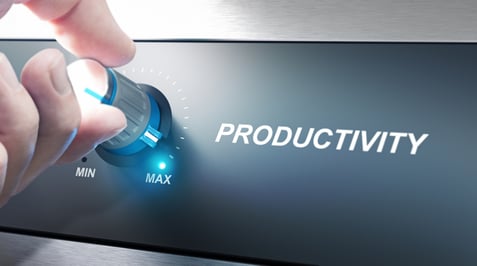 How many times have you looked back at a day and thought, “Man, I wish I would’ve been more productive,” while your to-do list seems to grow and grow. Or maybe you feel like you were crossing a lot of things off the list, but no meaningful work was actually accomplished? In my experience, it’s almost a weekly occurrence. I feel like I’m flying around at work, checking off boxes. But then I get to the end of my day, scan back through, and realize that I didn’t actually work on any of the big jobs that I had originally intended. Its days like these that made me want to begin a blog series that attacks the idea of productivity: what it actually is, where our pitfalls lie, and how we can improve on it to get more out of each day.
How many times have you looked back at a day and thought, “Man, I wish I would’ve been more productive,” while your to-do list seems to grow and grow. Or maybe you feel like you were crossing a lot of things off the list, but no meaningful work was actually accomplished? In my experience, it’s almost a weekly occurrence. I feel like I’m flying around at work, checking off boxes. But then I get to the end of my day, scan back through, and realize that I didn’t actually work on any of the big jobs that I had originally intended. Its days like these that made me want to begin a blog series that attacks the idea of productivity: what it actually is, where our pitfalls lie, and how we can improve on it to get more out of each day.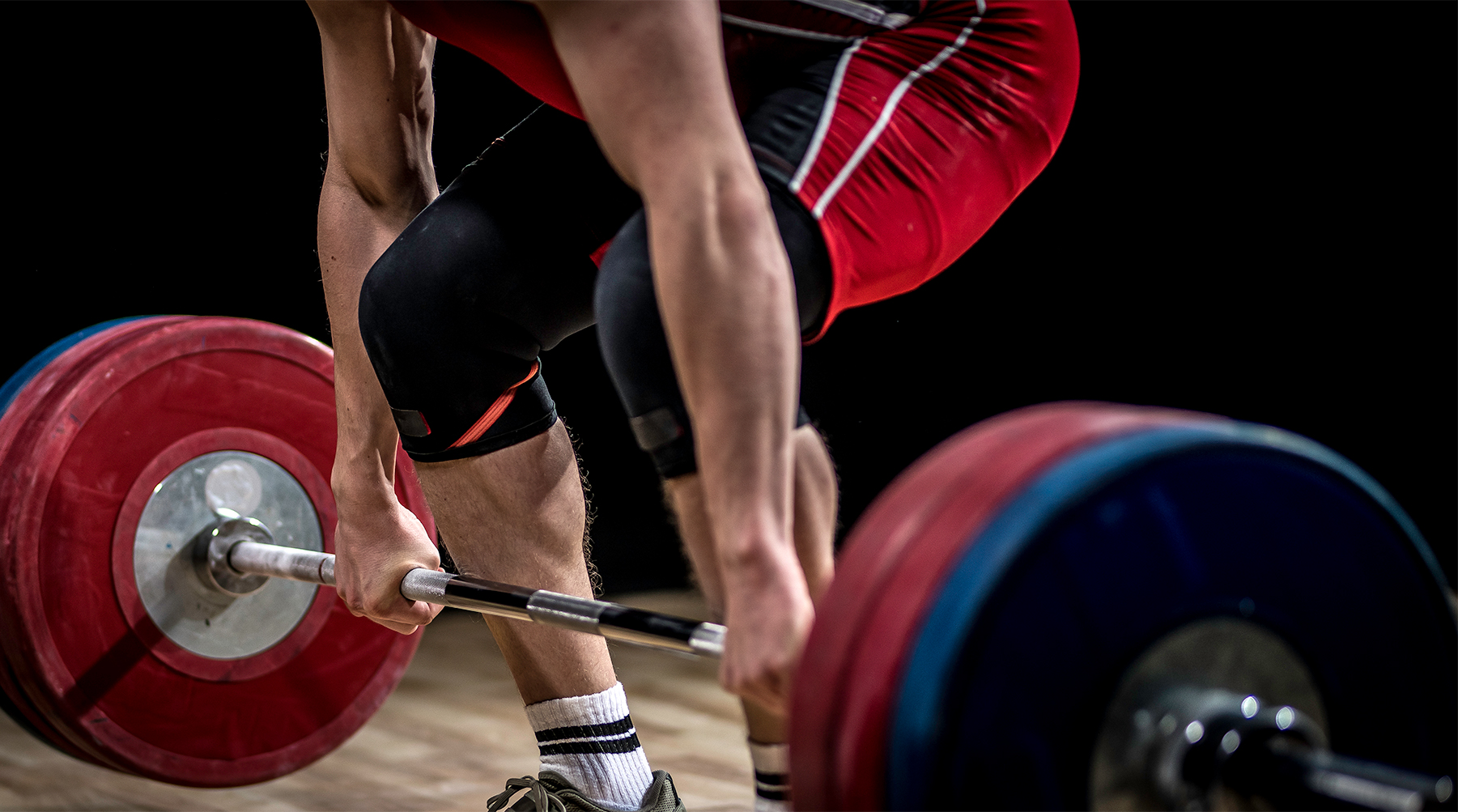
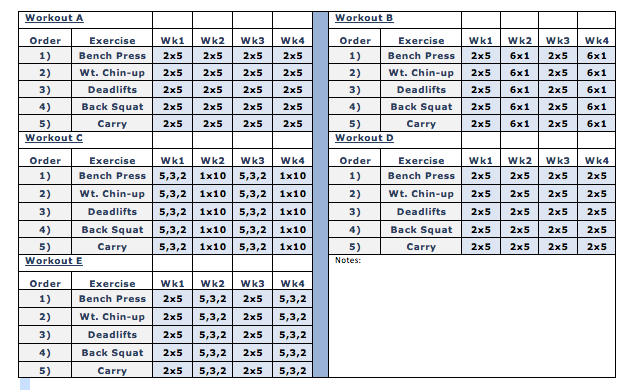
 I had a friend call me the other day in a complete panic. She was getting ready to go back to work full time and she felt like she was going to be losing time with her kids by doing so. While listening to her pour her heart out to me about all the second-guessing she was doing, it became clear that everything she was saying was everything I had been thinking. All the thoughts I play over and over in my mind were actually being said out loud.
I had a friend call me the other day in a complete panic. She was getting ready to go back to work full time and she felt like she was going to be losing time with her kids by doing so. While listening to her pour her heart out to me about all the second-guessing she was doing, it became clear that everything she was saying was everything I had been thinking. All the thoughts I play over and over in my mind were actually being said out loud.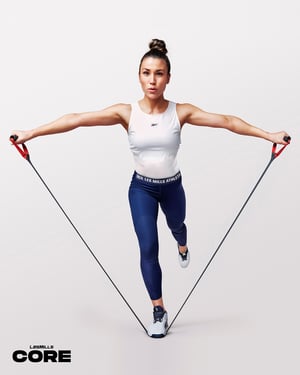 The “core” is a fitness buzzword that has rung in people’s ears for some time now. If you have been in the gym in the past 10–15 years, you have heard about the importance of a strong core in performance and for activities of daily living. And it’s so true: a weak center can lead to many issues throughout the entire body, mainly low-back pain and tight hips. I am not reporting anything new here; a strong trunk is super, super important!
The “core” is a fitness buzzword that has rung in people’s ears for some time now. If you have been in the gym in the past 10–15 years, you have heard about the importance of a strong core in performance and for activities of daily living. And it’s so true: a weak center can lead to many issues throughout the entire body, mainly low-back pain and tight hips. I am not reporting anything new here; a strong trunk is super, super important!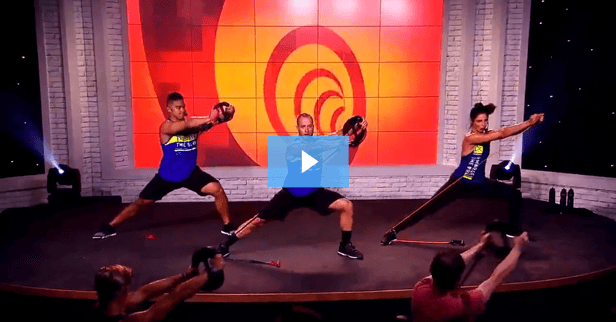
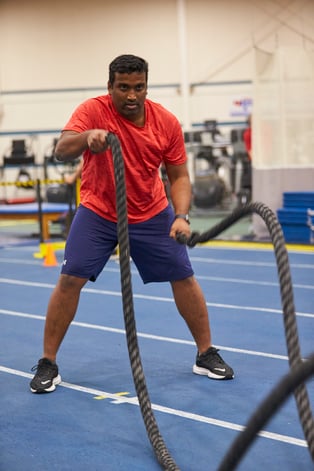 When you begin your fitness quest and are getting started on a new program, finding exercises that are appropriate for you is key to your success. Your fitness staff at NIFS has your back! Training methods and training tools developed from years of research and practice have shown that sometimes a simple exercise done well can be quite effective.
When you begin your fitness quest and are getting started on a new program, finding exercises that are appropriate for you is key to your success. Your fitness staff at NIFS has your back! Training methods and training tools developed from years of research and practice have shown that sometimes a simple exercise done well can be quite effective.